Light from different angles
Light should always come from…
I’ve read a lot of books about photography. Some older books often describe light as much as possible, like it has to come from one side and mimic the light in nature. And although that sounds logical, for me it never really made sense to limit myself. When we watch movies, we often see actors walking towards the camera with a bright sun behind them, creating an aura of light and glow, but we can still see the face 100% lit. Well, if you ever tried to shoot something like this, you know you ended up with some really awful shots with a white sky or a totally black model. So when Hollywood can do it, we are allowed to play with our lights right?So, light from different angles.
Let’s talk about angles, and different angles of light
Now that we’ve got that out of the way, let’s talk about angles. One rule most people will agree upon is Light from below is often not something we use in our photography. Unless of course, you want that freaky horror look. I actually always call this lighting “Halloween lighting”. An one light setup, I also don’t see a lot of people use, but which is one of my favorite ones is the light from above.
This lighting setup has some really cool benefits but also some big drawbacks.
One of the things I love about this setup is the inverse square law in action. You can really see the light drop off over your model, creating a very nice contrasty image.
But when you place your model against the backdrop, you also get a nice vignette effect around your model. Move your model slightly forward, and you can get more or less light on the backdrop. As you can see it’s a great setup, and you only need one strobe.
So what is the disadvantage of lights from a different angle?
The model has to be careful where to look. This means you have to coach your model constantly and choose your angles carefully.
If you want the model to look a way that just doesn’t light the eyes, you can always make your model wear sunglasses (cool and great to solve lighting issues). Or use a small fill-in light, but when using a fill-in light, you will lose some of the contrast. So, sunglasses are often my preference.
In the next shots, I’m using a mix of the Rogue Frank Doorhof FlashBender and our small Geekoto striplight, both above the model aimed down under a slight angle. These are perfect examples when light from different angles work!
By moving around the model, you control contrast and the depth in the shot. Straightforward is great, but when you shoot under an angle, this setup really comes alive.
In this series, I’m also varying the colors slightly for added effect.
Model: Claudia
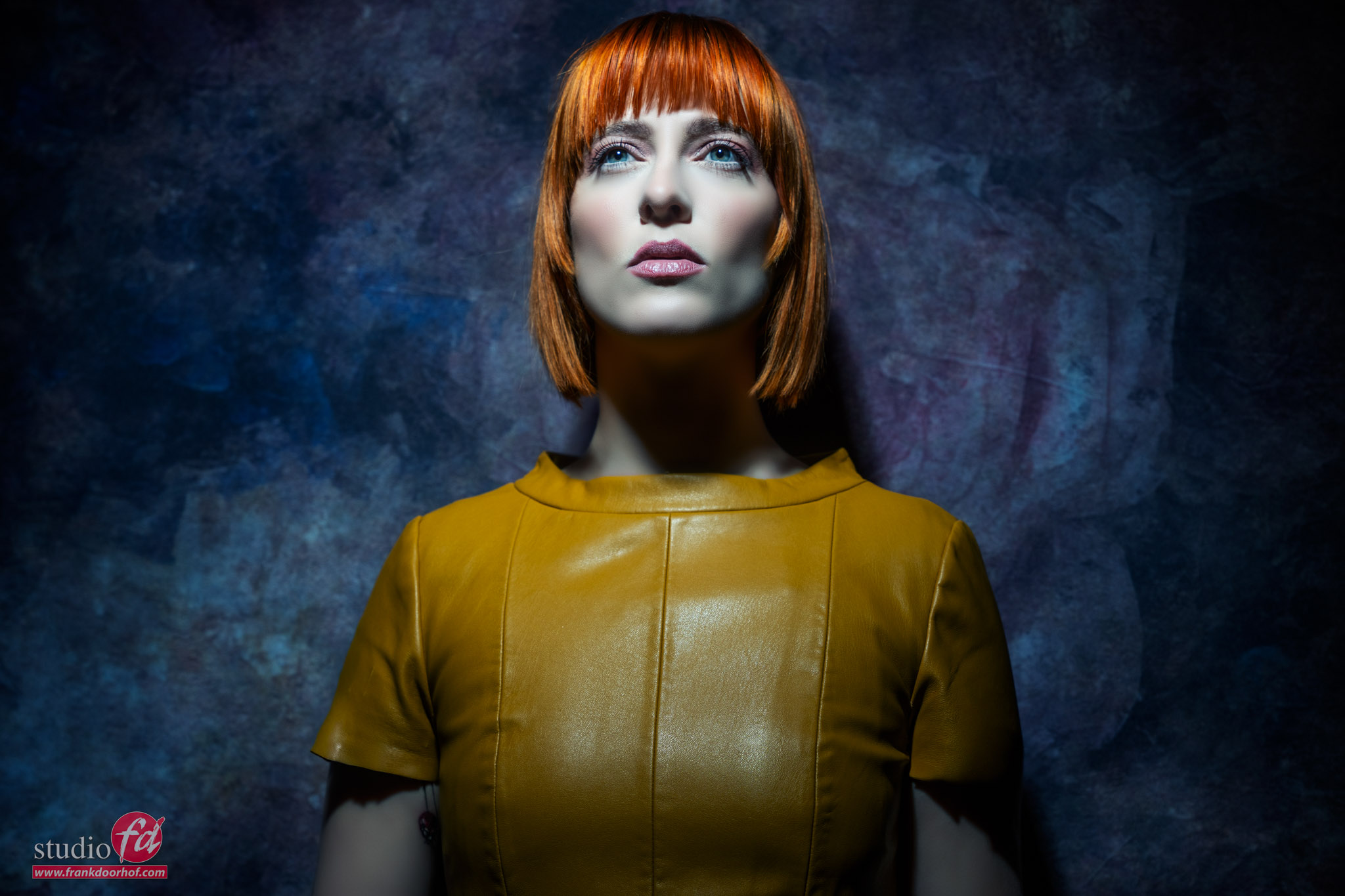
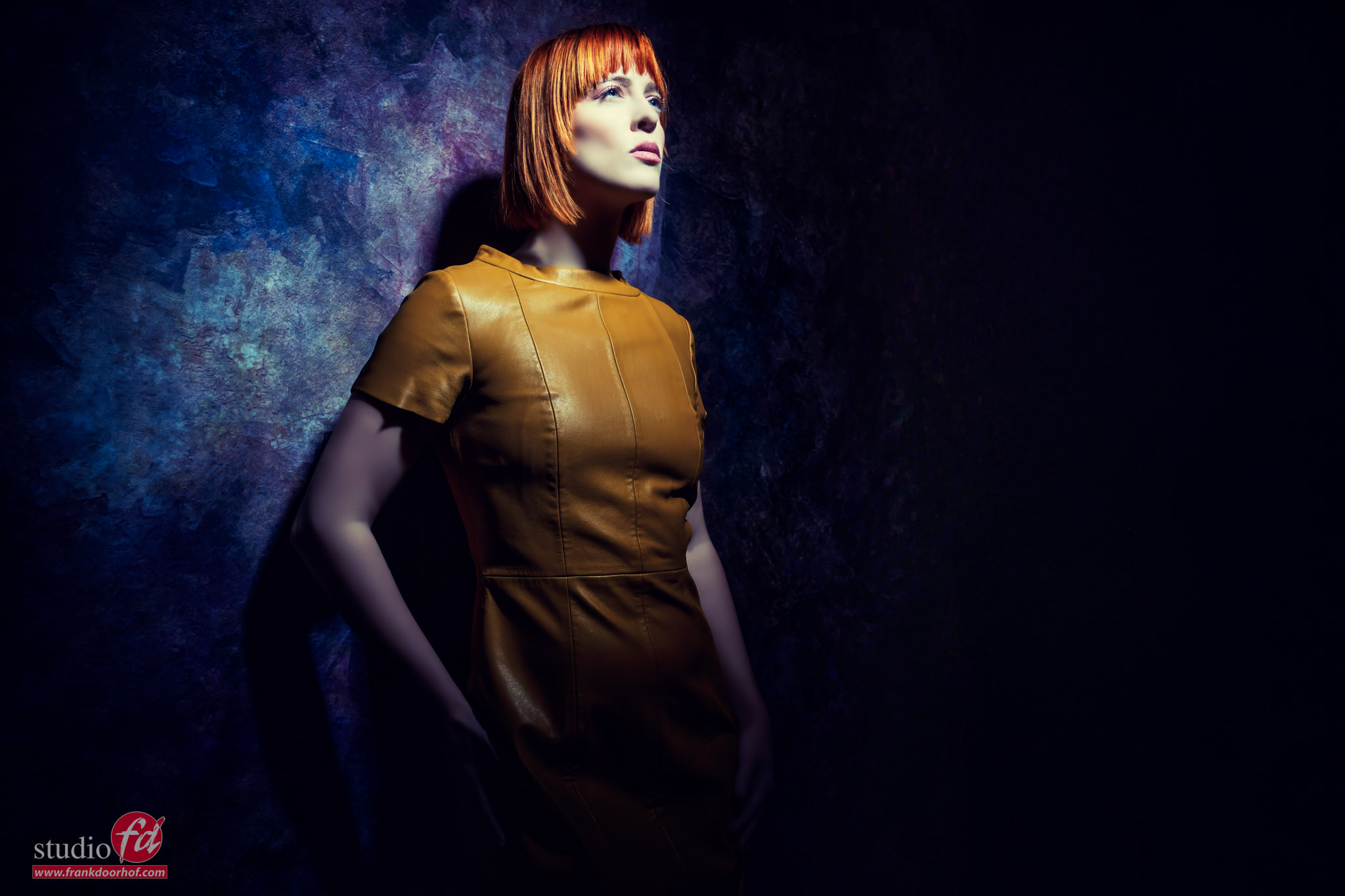
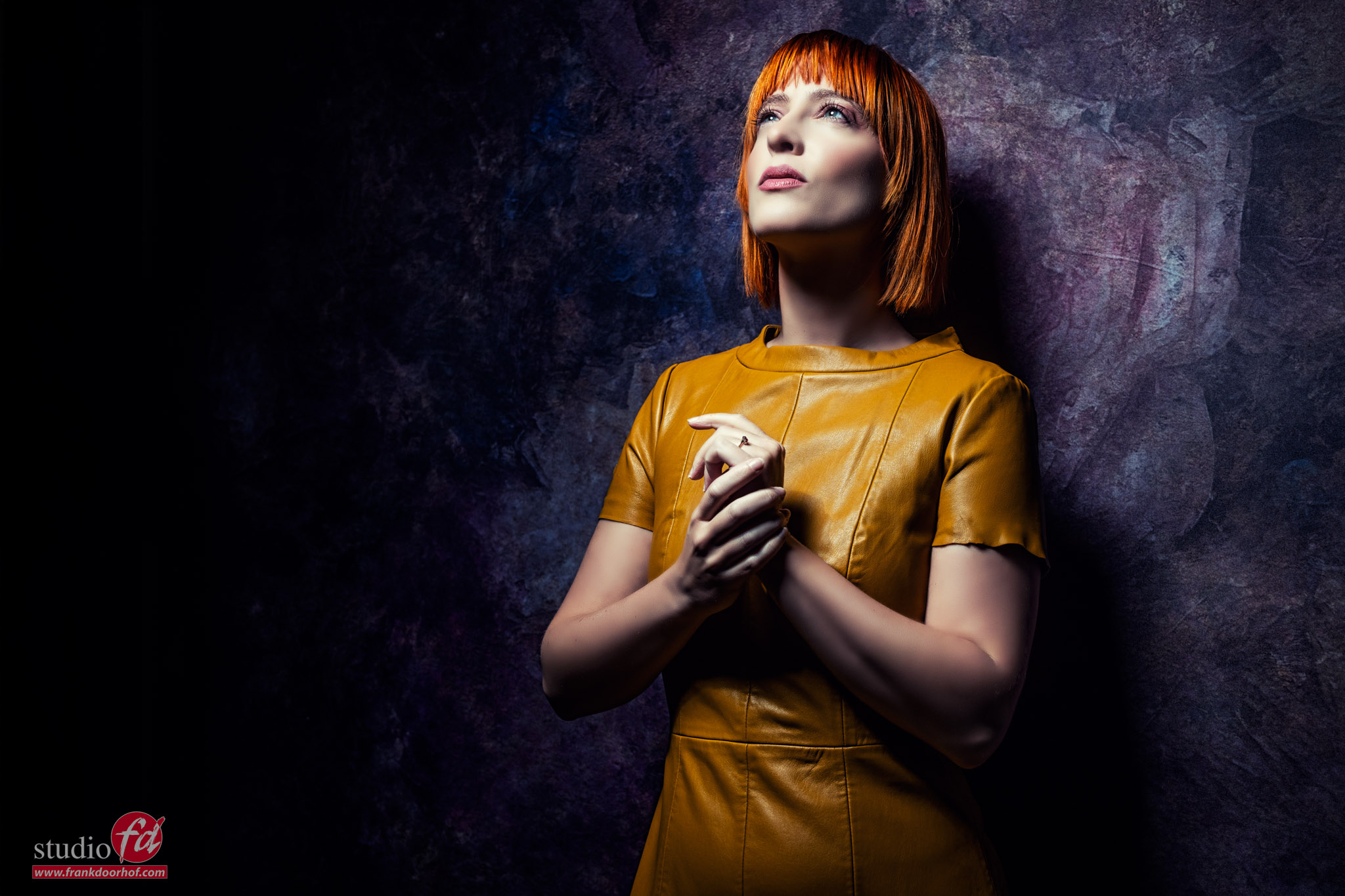
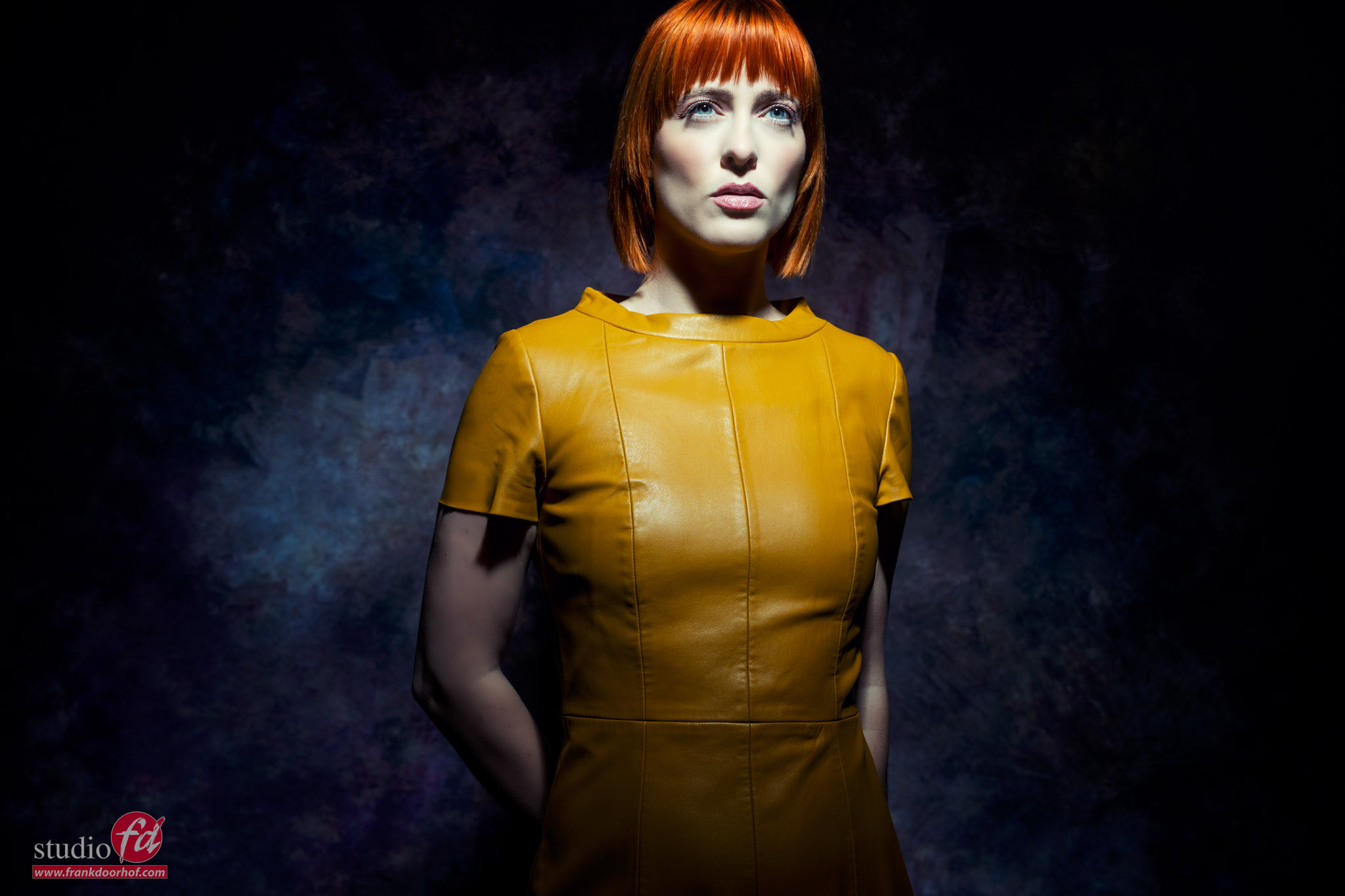
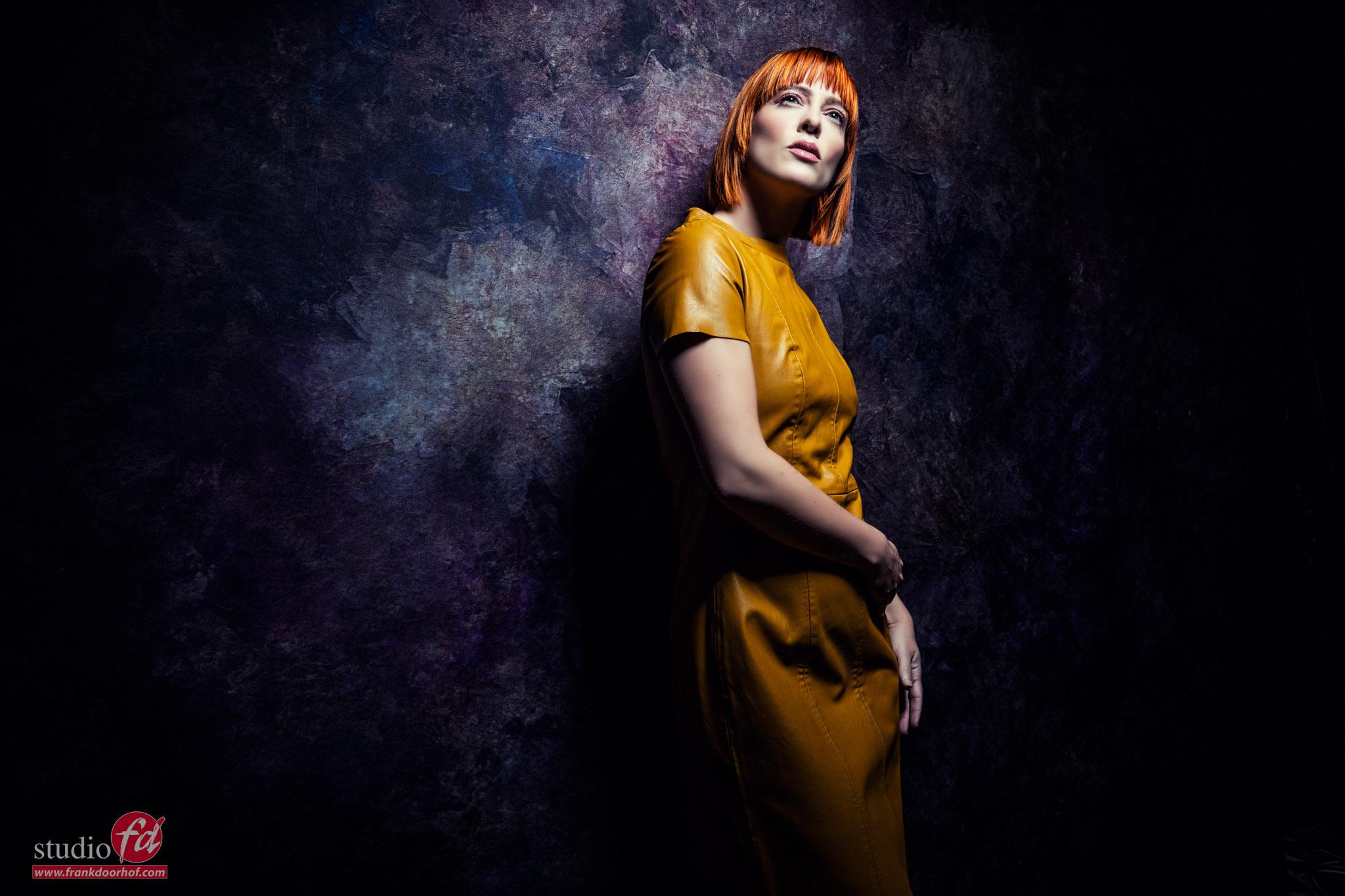
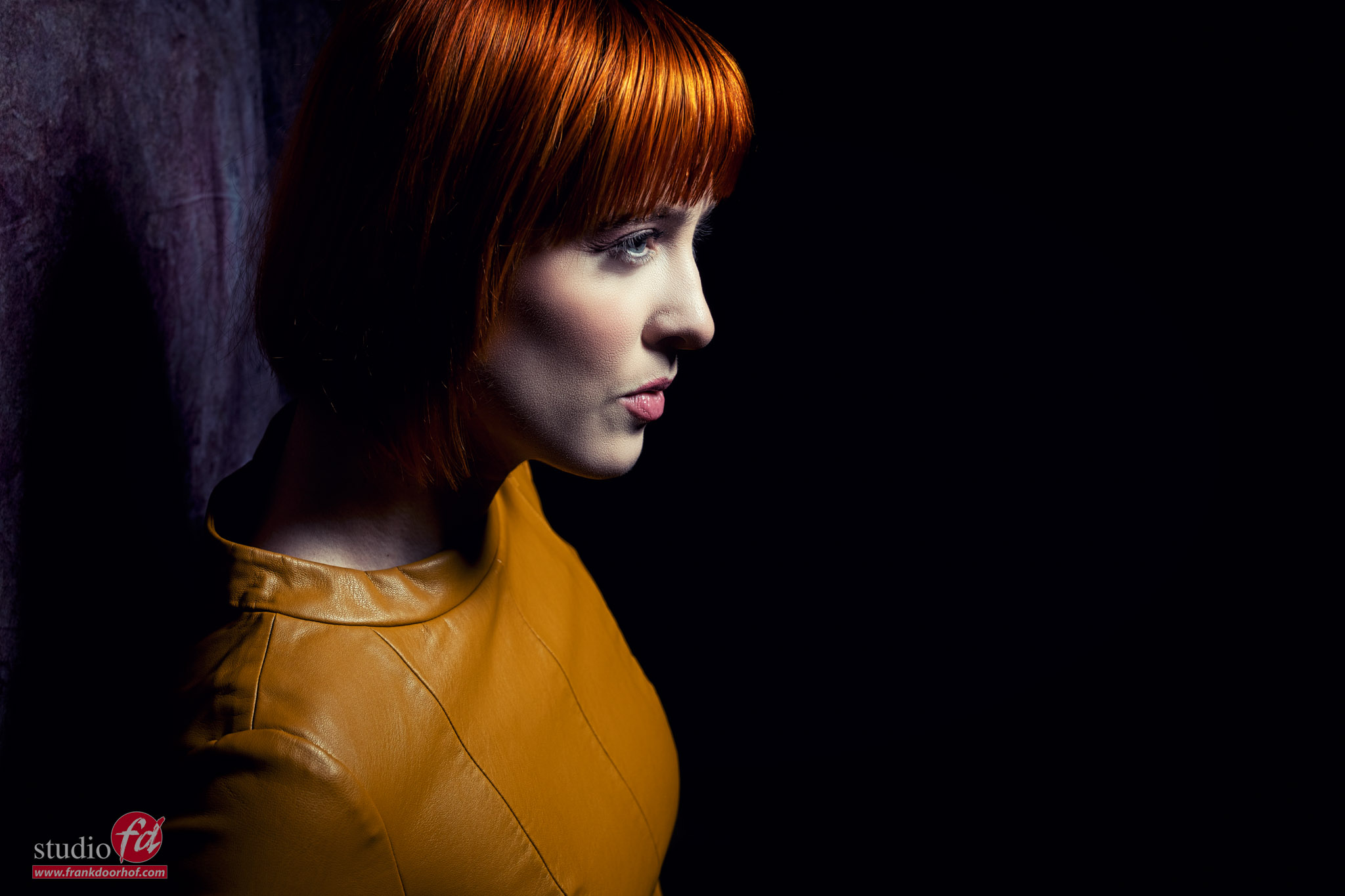
During the workshops, we always try to do 3-4 totally different sets, and this is just one 😀
Also, want to visit a workshop?
Visit fotografie-workshops.nl for more information. The workshops are in Dutch but if you let us know a few weeks in advance, we can switch to English.
Don’t want to travel?
It’s also possible to book a full day 1:1 online workshop; see here for more info.

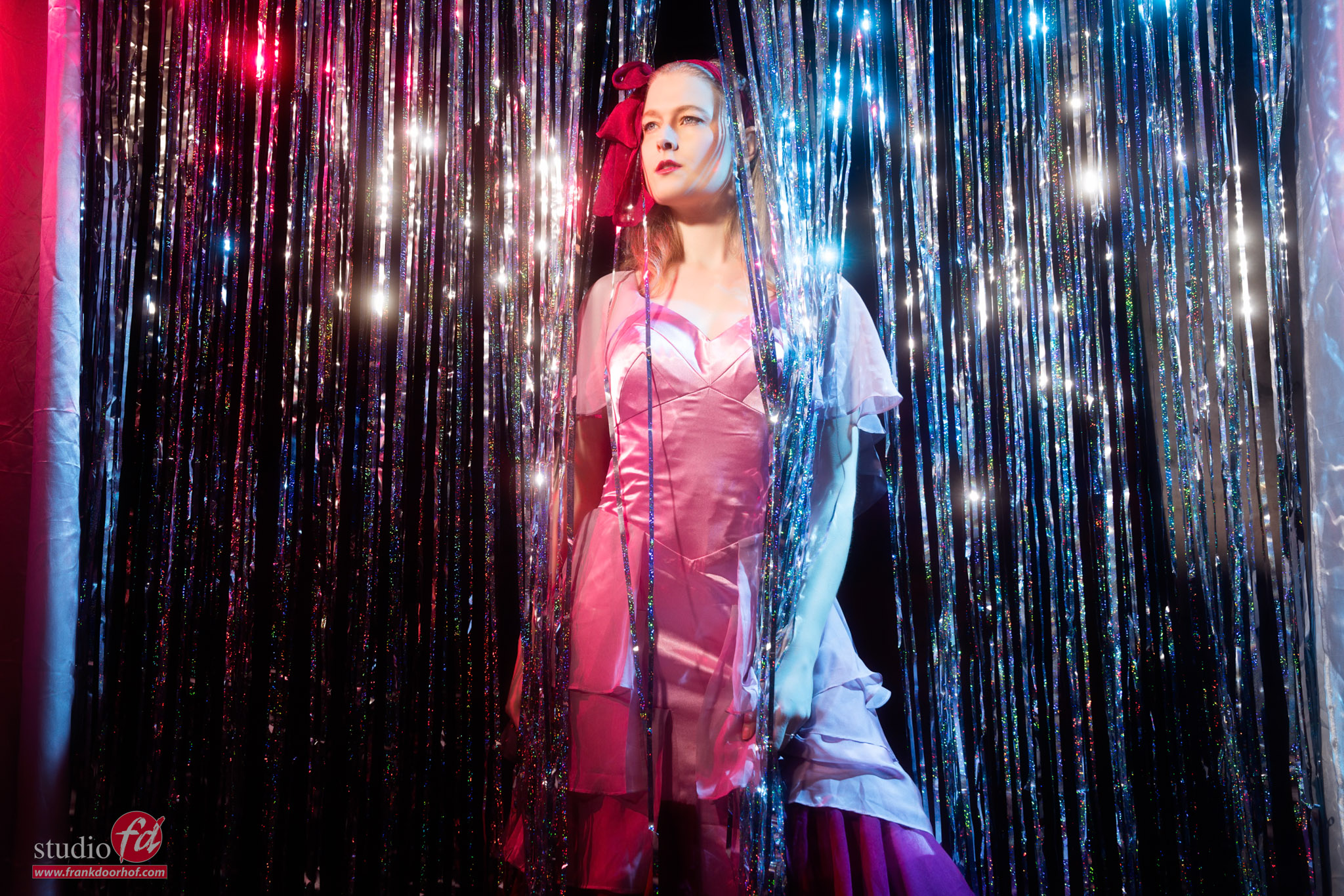

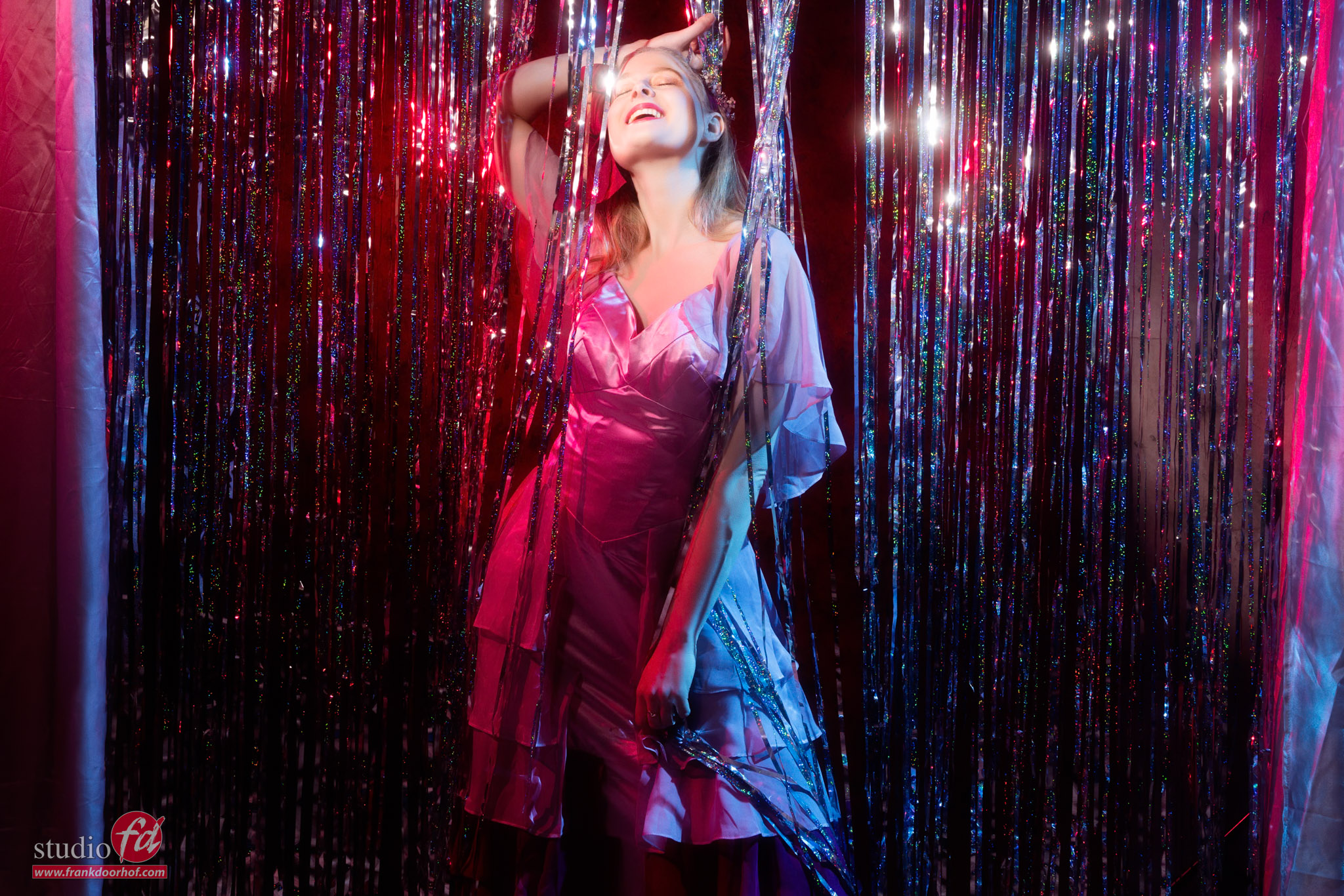
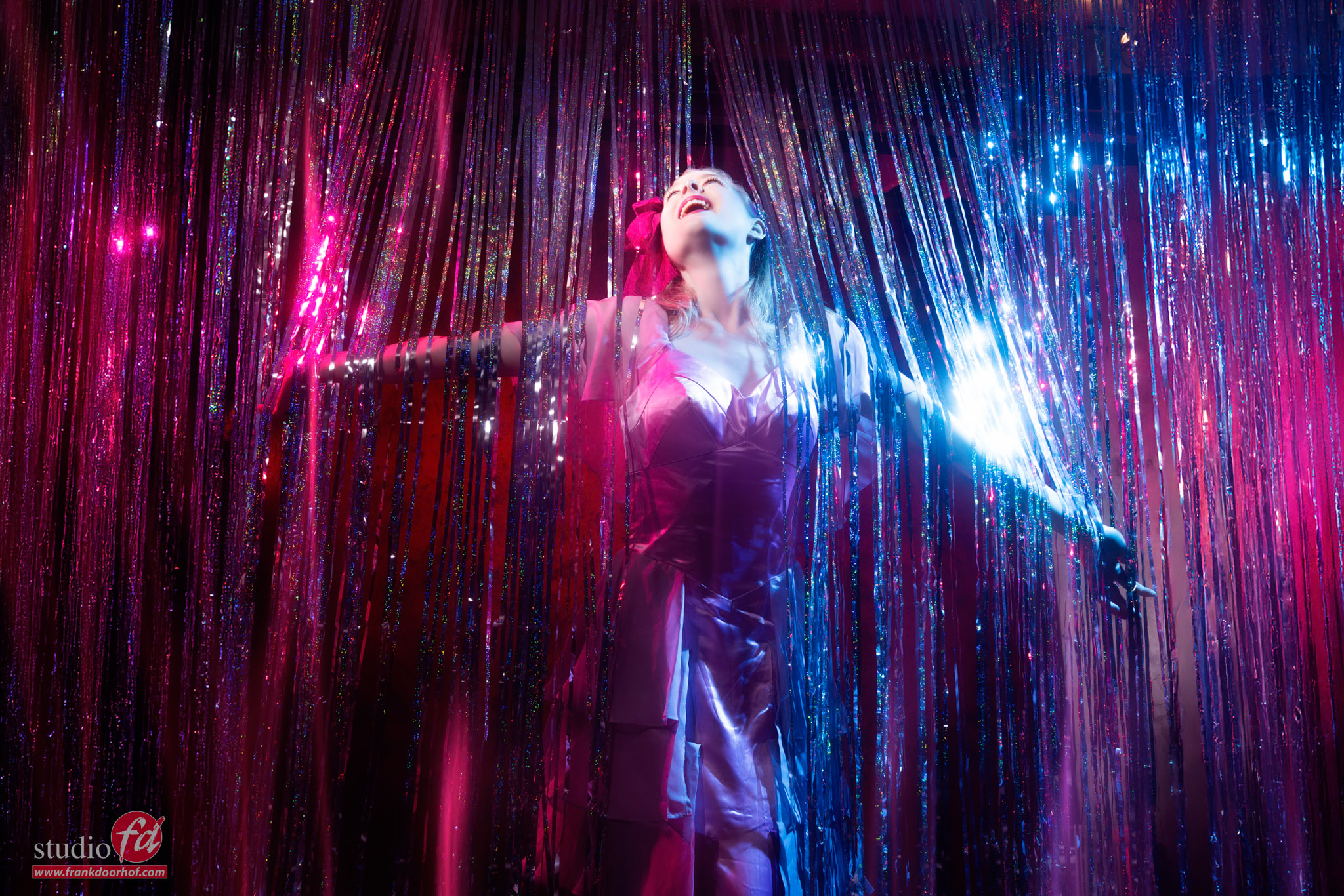
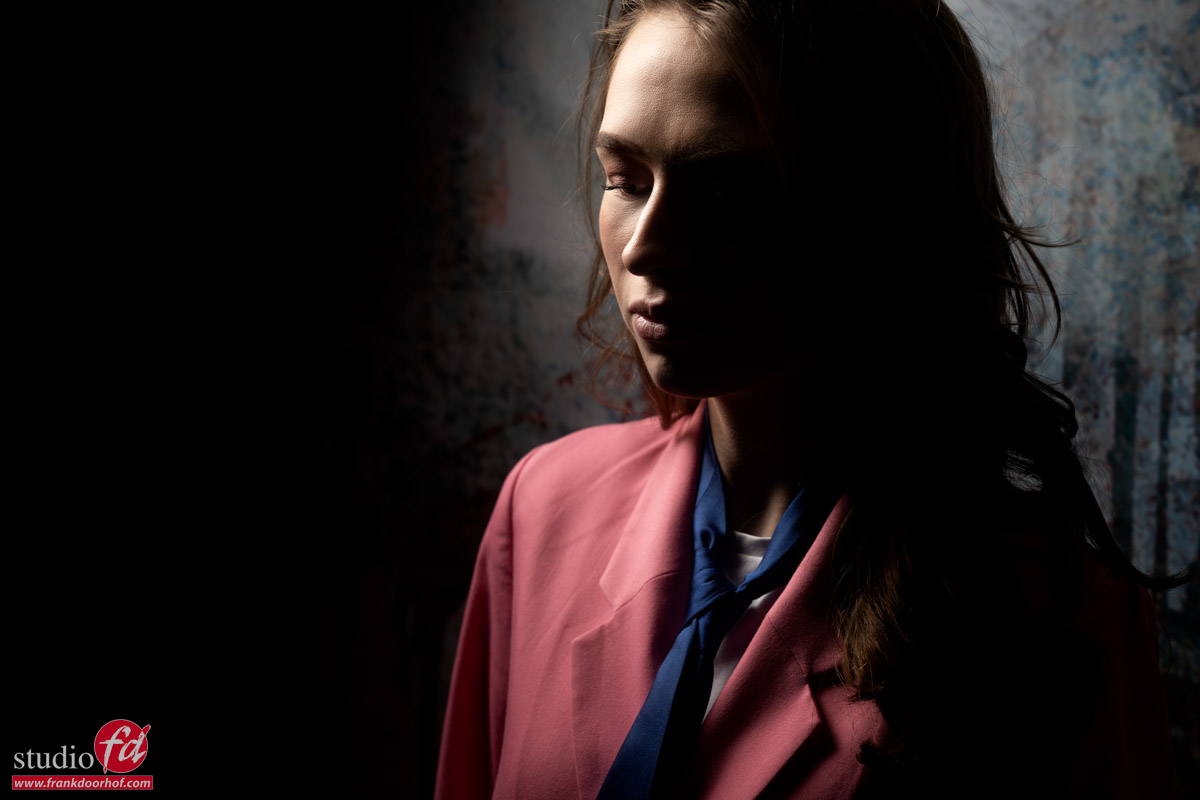
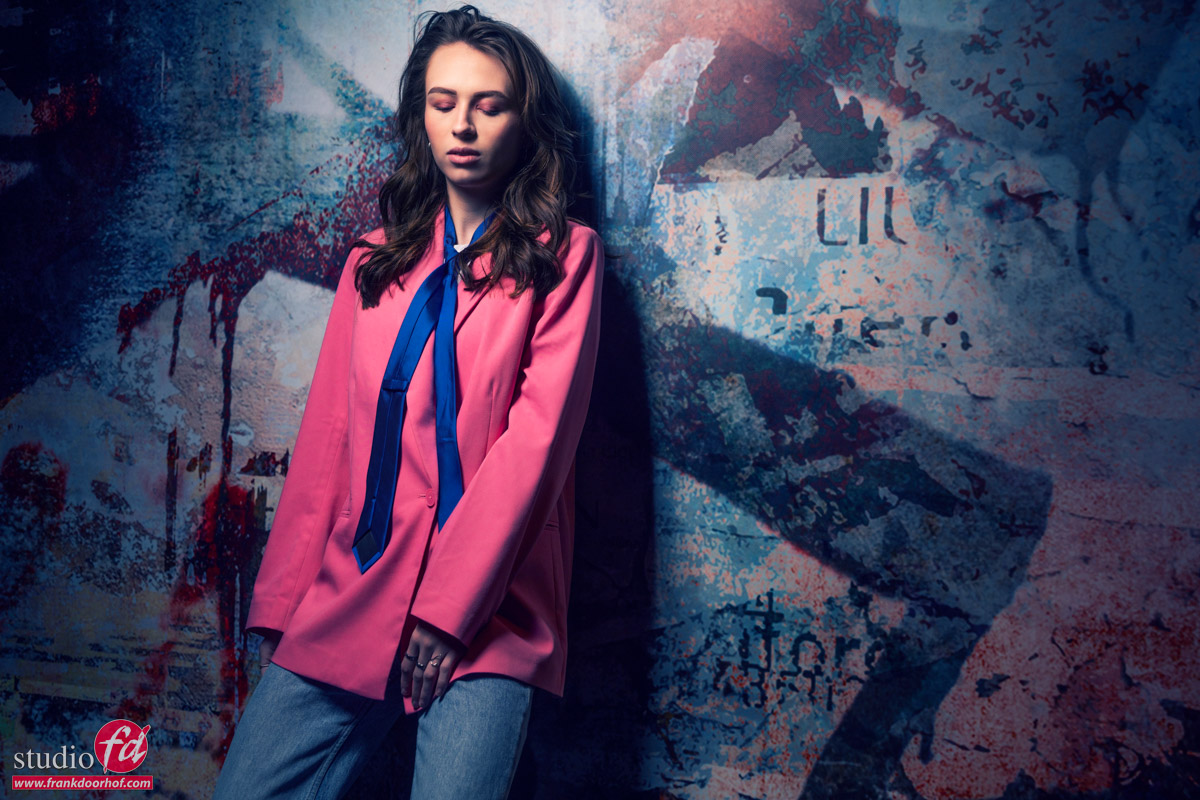
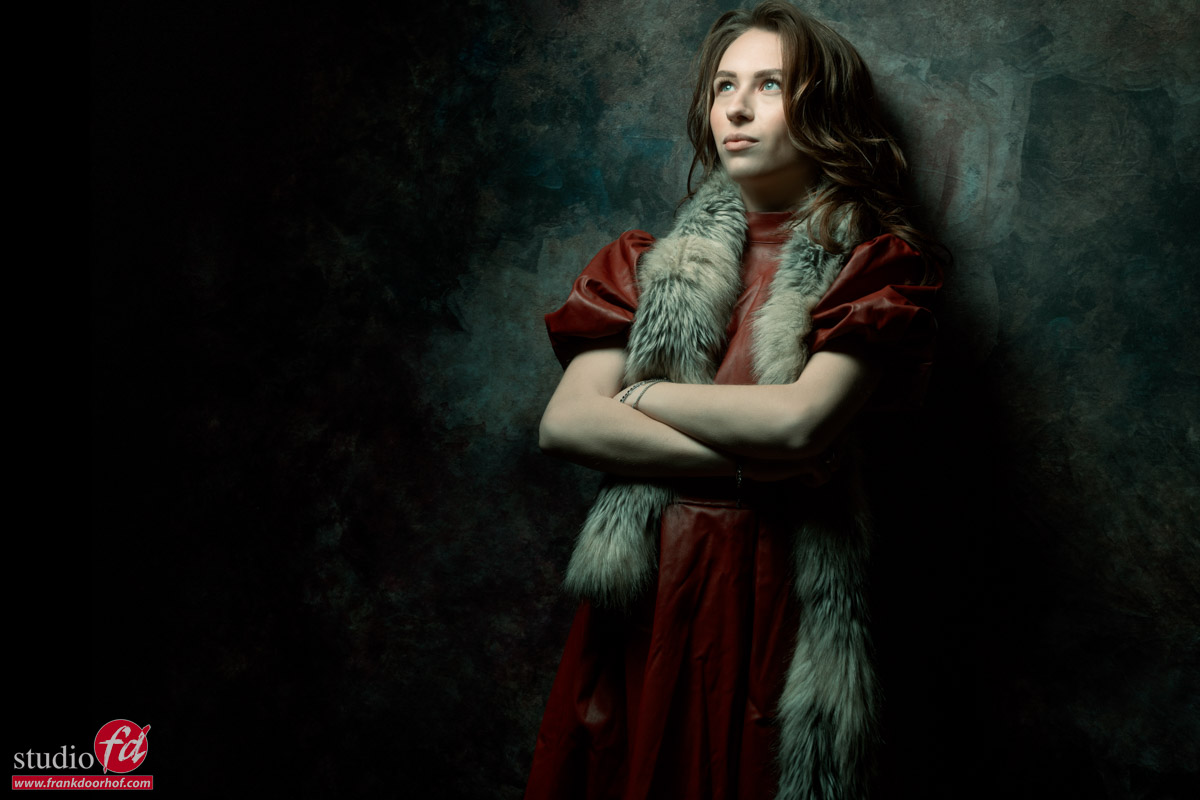


You must be logged in to post a comment.